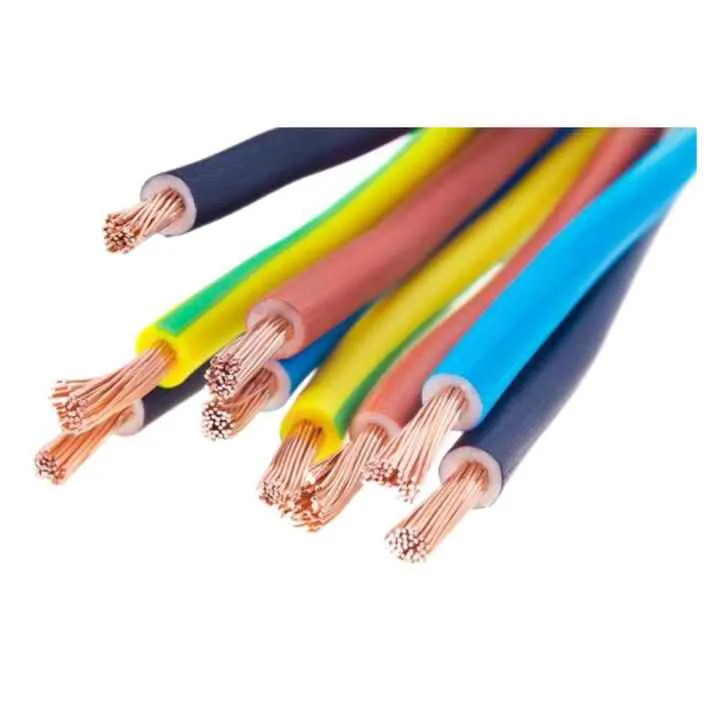Time: 2025-04-16 16:26:27 Source: Henan Province Jianyun Cable Co., Ltd.
Electrical wiring in homes is the backbone of a safe and functional electrical system, powering everything from lights to appliances. The type of wire used depends on the specific application, local electrical codes, and safety requirements. This article explores the common types of electrical wires used in residential settings, their purposes, and key considerations, using a table to organize the information for clarity.
Homes typically use low voltage wiring, operating at 120/240 volts in the United States, to power outlets, lighting, and appliances. The wires are insulated to prevent electrical shocks and are often bundled into cables for ease of installation. Here are the most common types:
| Wire Type | Description | Typical Gauge (AWG) |
|---|---|---|
| NM-B (Non-Metallic Sheathed Cable) | Also called Romex, it has 2-4 insulated wires and a bare ground wire in a plastic sheath | 14 AWG (15A circuits), 12 AWG (20A circuits) |
| UF-B (Underground Feeder) | Similar to NM-B but with a tougher sheath for direct burial | 14 AWG to 10 AWG |
| THHN/THWN | Single insulated wire, often used in conduit for wet or dry locations | 14 AWG to 10 AWG |
| Low Voltage Wire | Used for lighting, thermostats, or doorbells (e.g., 18 AWG for doorbells) | 18 AWG to 22 AWG |
NM-B is the most common for general indoor wiring, while UF-B is used for outdoor or underground applications. THHN/THWN is often used in conduit for added protection. These wires are like the veins of your home, delivering electricity where it’s needed safely and efficiently.

Each type of wire has a specific role in a home’s electrical system, depending on the circuit’s requirements and location:
These wires ensure that every part of your home gets the right amount of power, much like a chef uses different ingredients for each dish—each wire type is tailored to its task.
Choosing the right wire for home use involves several factors to ensure safety and compliance with local codes:
Proper selection and installation of wires are like laying the foundation of a house—if done right, everything else works smoothly and safely.
Homes primarily use NM-B (Romex) for general indoor wiring, UF-B for outdoor or underground applications, THHN/THWN for conduit in wet areas, and low voltage wires for devices like thermostats and doorbells. Each type is chosen based on its purpose, environment, and electrical requirements, ensuring safe and efficient power delivery. Understanding these wire types helps homeowners and electricians make informed decisions, keeping electrical systems reliable and up to code.
Word count: ~600 words
(Note: This article is based on general electrical knowledge. For specific installations, consult a professional electrician and follow local codes.)